



Fife|Unknown
Elie is a town at the head of a bay of the same name on the coast of south-east Fife, an area called the East Neuk. The name Elie is of uncertain, ancient, origin though possibly comes from the Gaelic èaladh ‘a passage for boats between two rocks’ referring to a large rocky tidal island which once stood just off the shore and over which the harbour was later built. This harbour has long been important for fishing, trade, and tourism.
Scott was Director of Chancery for the King of Scotland, one of the country’s senior legal positions and responsible for charters, patents and writs, among other documents. In 1599, the king erected Elie into a barony, which he granted to Scott. In this period, the Scott family built a house at Elie and had their lands made into a separate parish, erecting a kirk for the use of the people. The family held the Barony of Elie until the end of the century, when the estate was bought by Sir William Anstruther, an MP and a Lord of Session.
1855 OS map Fife, Sheet 26. Reproduced with the permission of the National Library of Scotland. (CC BY NLS)
This included clearing a hamlet to improve the view. It is said that an old woman whose home was demolished during these works cursed the family so that only six generations would live at Elie, which turned out to be true.
George Dance, Sir John Anstruther, 1753 - 1811. Politician and Indian Judge|National Galleries of Scotland (CC-BY NC)
His son, John Anstruther of Anstruther, Baronet, was also an MP, rising to become Solicitor General to the Prince of Wales, Chief Justice of Bengal, and was appointed a Privy Councillor in 1806. Sir Windham Carmichael-Anstruther, Baronet, was an officer of the Coldstream Guards and fought in the Peninsular War against Napoleon’s army. However, he lost the family fortunes, and had to sell his Anstruther estates, including the Barony of Elie, to William Baird in the 1850s.
Evening sunlight on Elie Beach © 2020 Mark Anderson (CC BY-SA 2.0)
Elie Beach © 2017 Mary Rodgers (CC BY-SA 2.0)
The Barony of Elie remained with the Baird family into the late twentieth century.
James Valentine, Elie, from East Albumen print|National Galleries of Scotland (CC-BY NC)





Fife|Unknown
Elie is a town at the head of a bay of the same name on the coast of south-east Fife, an area called the East Neuk. The name Elie is of uncertain, ancient, origin though possibly comes from the Gaelic èaladh ‘a passage for boats between two rocks’ referring to a large rocky tidal island which once stood just off the shore and over which the harbour was later built. This harbour has long been important for fishing, trade, and tourism.
Scott was Director of Chancery for the King of Scotland, one of the country’s senior legal positions and responsible for charters, patents and writs, among other documents. In 1599, the king erected Elie into a barony, which he granted to Scott. In this period, the Scott family built a house at Elie and had their lands made into a separate parish, erecting a kirk for the use of the people. The family held the Barony of Elie until the end of the century, when the estate was bought by Sir William Anstruther, an MP and a Lord of Session.
1855 OS map Fife, Sheet 26. Reproduced with the permission of the National Library of Scotland. (CC BY NLS)
This included clearing a hamlet to improve the view. It is said that an old woman whose home was demolished during these works cursed the family so that only six generations would live at Elie, which turned out to be true.
George Dance, Sir John Anstruther, 1753 - 1811. Politician and Indian Judge|National Galleries of Scotland (CC-BY NC)
His son, John Anstruther of Anstruther, Baronet, was also an MP, rising to become Solicitor General to the Prince of Wales, Chief Justice of Bengal, and was appointed a Privy Councillor in 1806. Sir Windham Carmichael-Anstruther, Baronet, was an officer of the Coldstream Guards and fought in the Peninsular War against Napoleon’s army. However, he lost the family fortunes, and had to sell his Anstruther estates, including the Barony of Elie, to William Baird in the 1850s.
Evening sunlight on Elie Beach © 2020 Mark Anderson
(CC BY-SA 2.0)
Elie Beach © 2017 Mary Rodgers (CC BY-SA 2.0)
The Barony of Elie remained with the Baird family into the late twentieth century.
James Valentine, Elie, from East. Albumen print|National Galleries of Scotland (CC-BY NC)







Contact
Forum for the Scottish Baronage, c/o Brodies LLP, Capital Square, 58 Morrison Street, Edinburgh EH3 8BP, Scotland UK
Copyright
Copyright 2022, Forum for The Scottish Baronage, as a collective work, all additional rights to content contributed and/or licensed contained herein are expressly reserved to such contributors and licensors as independently owned and protected copyrighted works.





